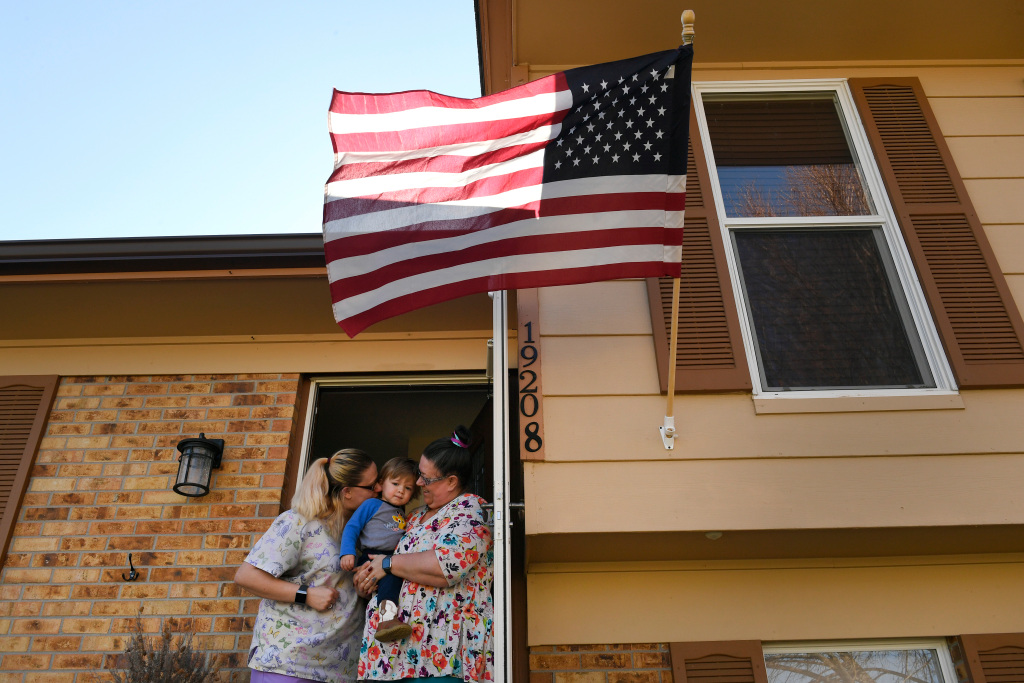As the effects of COVID-19 on the workforce began to emerge in the early stages, we knew based on the struggling voices of our membership at the Colorado Women’s Chamber of Commerce, that women were going to be disproportionately affected by the virus. And now, more than four months after the COVID-19 shockwave struck our state, we are just beginning to understand the economic damage caused by the pandemic.
As businesses closed their doors in March, Colorado’s unemployment rate soared above 10% and projected tax revenues for state government plummeted by $3 billion almost overnight. These high-level numbers, as important as they are, don’t tell the whole story. For that, we must dig deeper to find out which people in our society are being hit the hardest so we can find the best ways to help.
With this in mind, the Common Sense Institute recently analyzed trends across the Colorado workforce and discovered something shocking: There is a huge gender gap in the economic impacts of this pandemic, with more than twice as many Colorado women being forced out of the workforce than men.
According to CSI, almost 179,000 women left the state’s labor force between February and May, compared to 88,000 men. Remember that leaving the labor force is not the same thing as losing your job and looking for another one. In essence, it means no longer looking for work.
Overall, the state’s labor participation rate dropped from 69.4% to 63.6% from February to May. But when you break the numbers down by gender, the disparities are remarkable.
While the male workforce participation rate in May stood at 72%, the female workforce participation rate was 17 percentage points lower, registering at 55%t. Nationally, the women’s figure marked the lowest point since the 80s.
From February to May, the workforce participation rate for Colorado men aged 35 and over actually increased slightly, from 79.5% to 80.2%. During that timeframe, women in the same age bracket saw their workforce participation rate fall almost 10 percentage points, from 61.2 percent to 51.3 percent. In effect, that means almost half of Colorado women in the prime of their working years stopped looking for work.
This is a staggering statistic and based on a deeper review of the data, the post-COVID gender gap in workforce participation is significantly worse in Colorado than the national average. This is not just the local impact of a national trend. This tells us that something we are doing — or not doing — is making matters worse in Colorado and we should not just assume things will return to normal as the national economy comes back.
The June numbers show women are gradually returning to the labor force and the female labor force participation rate rose almost 3 points. Even with that gain realized, solving the why behind these numbers is becoming increasingly critical. Hard-fought gains at the corporate level, in small businesses and across every sector of the economy are on the line.
To be clear: A generation of progress for women in the workplace in Colorado could be reversed if we do not take immediate action to understand and ultimately solve this problem. Further, we cannot talk about re-opening the economy without a real plan for childcare and education as these jobs in the home tend to fall on women.
This research is a call to action for leaders in business and government: It’s time to get real about the challenges women are facing in the post-COVID economy. Ask women about their needs and the barriers preventing their return to work. Find creative ways to remove these barriers and tailor solutions – starting with the lessons we have learned about flexible scheduling and remote working during the COVID-19 lockdown.
We must look beyond the workplace to other areas of public policy with the potential to help or hurt the career prospects of women, including regulatory burdens for start-up businesses, the tax treatment of childcare expenses, and yes, the process for reopening schools in the fall.
To find the right answers, we need to start asking the right questions – now.
We all want a fast recovery from the COVID-19 crisis. That will require unhindered contributions from every business owner and every worker possible – including women. Everyone has a part to play, and we need everyone to play their part.
Sidelining women from the workforce never made sense before. It makes even less sense now.
Kristin Strohm is the president and CEO of the Common Sense Institute, a nonpartisan free-enterprise research organization. Kristen Blessman is the president and CEO of the Colorado Women’s Chamber of Commerce.
To send a letter to the editor about this article, submit online or check out our guidelines for how to submit by email or mail.



















